


Object research
Here we can see the beginning of our object exploration.
This work is the result of a classroom treasure hunt as well as research homework. What we see is a visual brainstorm of the objects and their connotations.
Art Project - Our aim is to produce an exhibition exploring the element of ‘wonder’ that surrounded the 16th Century notion of the Wunderkammer (‘wonder-chamber’) as a means by which to highlight the important objects and inventions we use today. We hope to form a modern day cabinet of curiosities that will serve to re-affirm the wonder surrounding innovative ideas.

- ...the setting – where is it? When is it?
- What objects do you notice?
- What do the objects tell you?



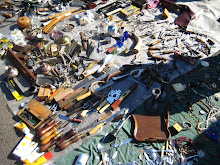
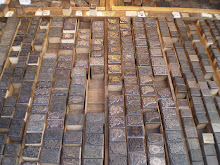
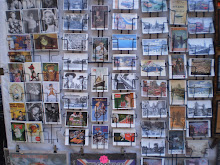
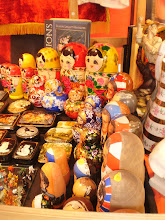
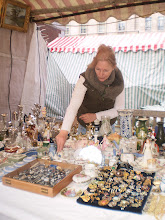

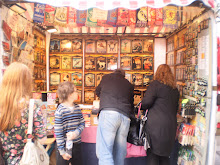
No comments:
Post a Comment
Note: only a member of this blog may post a comment.